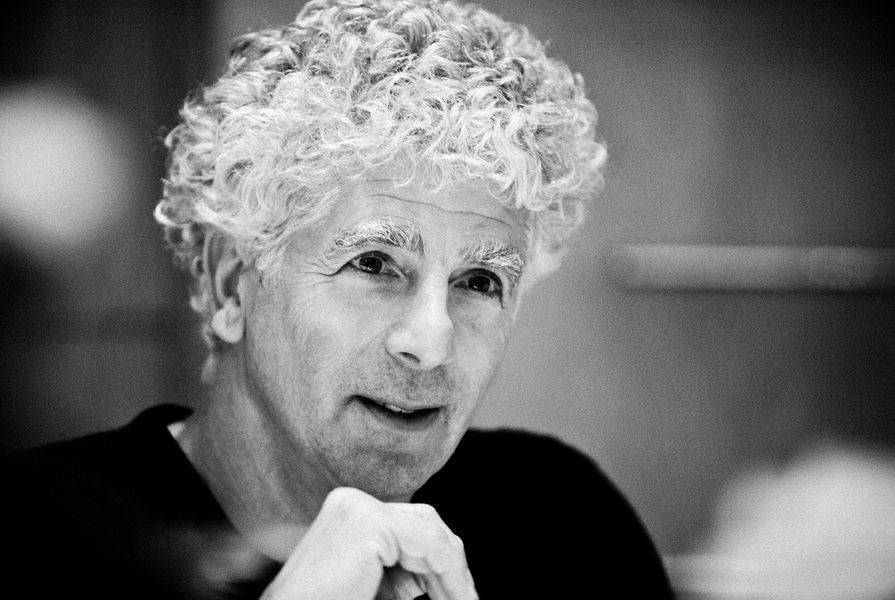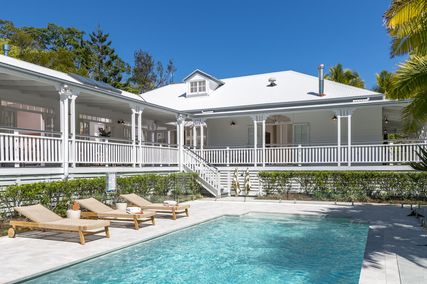Poetic is the first word that comes to mind when recollecting Neil Durbach’s recent presentation to the Adelaide design community. Just as poetry is a means of communicating that extends beyond mere utility to be a thing of beauty, Durbach seeks to design buildings that fulfil their functions with a sense of joy.
Neil, who is co-principal of Sydney-based architecture practice Durbach Block Jaggers, was the eighth guest in this year’s Adelaide University’s Speaker Series. To open, he lyrically expounded his thoughts on architecture and the notion of transformation. He reminded us of the humble raw materials from which even the most grand architectural elements are crafted, and likened the creation of many buildings by many people in a city to the gradual formation of a coral reef.
Central to Neil’s beliefs is the analogy of architecture as a tree whose roots represent the fulfilment of the most basic needs for shelter, and whose skyward-reaching branches, adorned with blossoms and vivid leaves represent the potential for architecture to lift one’s spirits. “Beauty,“ he says, ”is the promise of happiness.” Instead of proceeding with the expected biography, he dove straight into a discourse about six of his projects, skimming lightly across the practical and delving deeply into the emotive aspects of each.
A sense of playfulness drew a common thread through Durbach’s talk, evident in the finished designs and the process of creating them. In his book A Whole New Mind, Daniel Pink’s asserts that “Invention and play often have much in common. The best inventors are playful. The best players are inventive.” (211) This makes much sense in the context of Durbach’s work. Perhaps the best example is Durbach’s own home – a collage of whimsical details each arising from the question “what would it be like if…?”
Neil’s manner of speaking suggested that his home is an architectural playground where he is free to experiment without being concerned by a need to be coherent or to justify choices to anyone else. Even so, the house clearly brings joy to others. Neil’s delightful descriptions of items such as “a bed shaped like half a coffin for when you’re half dead” elicited many a chuckle from the audience.
A sense of freedom and adventure is key to the capacity for playfulness. Isaiah Berlin wrote that “There exists a great chasm between those, on one side, who relate everything to a single central vision (hedgehogs) … and, on the other side, those who pursue many ends, often unrelated and even contradictory (foxes)” (The Hedgehog and the Fox, 1), and referring to this distinction between different kinds of thinkers, Durbach explained that his practice is populated with designers who are “foxes.”
The fox’s drive to explore in an open-ended manner was apparent when Neil spoke of the creative process behind the design for Holman House. The design team constructed a multitude of tiny, rough models, each one different from the last. They pushed aside their worry that the client may have thought they’d lost the plot by pursuing this repetitive behaviour without a clear destination. The design for the Sussan/Sportsgirl Headquarters began similarly, with the team compiling a series of images that had no obvious relationship to architecture, yet evolved into architecture. One catches glimpses of this humble beginning in the finished design.
Design thinking is slowly but surely playing a more significant role in Adelaide, most notably through the 5000+ initiative. Durbach’s poetically portrayed design processes and products serve as a timely reminder for the design community of the exciting possibilities that emerge when one takes a chance to experiment and be playful.
Neil Durbach spoke as part of the University of Adelaide’s speaker series. The series also included Philip Thalis of Hill Thalis Architecture + Urban Projects, Chris Sawyer and Susie Kumar of Site Office and Peter Ho of Phooey Architects.
















